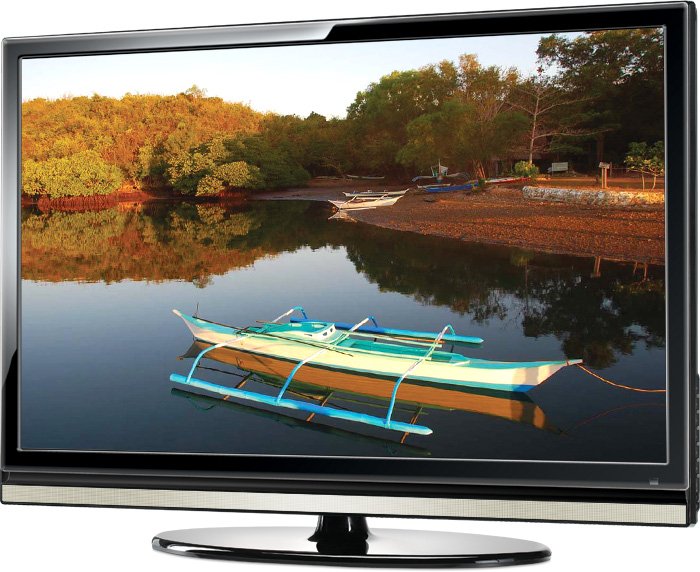

Since 4K 3D TVs are difficult to find, we recommend looking into 3D projectors instead. We’re also big fans of the 2016 Sony XBR65Z9D, which was available on a limited basis. The Samsung 85-inch UN85JU7100 4K Ultra was released in 2015, and it offered one of the most realistic 3D technologies we’ve seen. To help you out though, we think it will be helpful to mention some models that are worth checking out.

Best 4K TVs with 3D Supportįans of 3D viewing can still find 4K TVs with 3D support online, but they are more difficult to find. 4K TVs are also compatible with most game consoles, including Playstation and Xbox. With a 4K TV, all you have to do is connect it via an HDMI cable to a Blu-ray player or Roku and you can start streaming high-quality content. Next, 4K TVs are simple and convenient to use, unlike 3D TVs that cause eye discomfort and require additional accessories. This means that the majority of shows and movies today are available in 4K.
70 INCH 4 K 3D TV TV
Do 4K TVs Have 3D?īut the question is, why did TV manufacturers choose to ignore 3D technology completely in 4K TVs? There are quite a few reasons.įor one, creating 3D content is expensive –– filming native 3D content requires complex camera setups, while 2D to 3D conversion during post-production is time-consuming.įilming 4K, on the other hand, has become standard for most content creators. As mentioned earlier, most major TV manufacturers stopped making 3D TVs to focus on the development of 4K technology.īecause of this, it’s been harder to find 3D TVs online. However, not many people got to experience the glory of 4K TVs with 3D support. If you can get your hands on a 4K TV with 3D support paired with a 4K Blu-ray player with 3D playback , we guarantee that you’ll get one of the best cinematic experiences for your home theater. With Cinema 3D capabilities, viewers can experience a rich viewing experience similar to high-end digital cinemas. Viewers can get impeccable image quality at 4K resolution coupled with contrast, color, and detail from its HDR capabilities. There were a few stand-out 4K TVs with 3D support, such as the LG OLED65E6P 4K Ultra HD OLED TV. At 4K resolution, 3D images via passive stereoscopy would still look great when halved to 1080p.
70 INCH 4 K 3D TV 1080P
Meanwhile, the accessibility of high-speed internet encouraged more people to choose 4K TVs over 1080p HD TVs. After all, 4K TVs offered four times the pixel density of 1080p HD TVs. This is because 4K technology offers brighter and razor-sharp images. With the release of 4K technology, viewers got to experience next-level home entertainment. With that, it will be difficult to find brand-new 3D TVs on the market. Not two years later, major TV manufacturers like Sony, Samsung, and LG announced dropping out of the 3D TV race.īy 2017, most TV manufacturers stopped the production of 3D TVs. While most TV manufacturers expected sales to go up, interest in 3D TVs sharply dropped by 2015. By 2012, consumers could get their hands on a 3D TV for half the price, which increased global sales by 25%. When they were first released in 2010, 3D TVs were expensive, to say the least. Since 3D TVs also used stereoscopic technology, the 3D TV industry excluded audiences with only one functional eye or those with lazy eyes. Issues with 3D TVsģD TV users usually encountered two problems after prolonged use: eye strain and eye fatigue, especially when 3D effects were more apparent and on-screen changes were faster.ĭue to the uncomfortable nature of 3D TVs, children and pre-teens were advised against their use.

However, passive 3D TV delivered lower resolution content. Instead, it uses polarizing lenses, similar to what you’ll use in 3D theaters. Passive 3D used lighter, cheaper, and non-electric glasses. A disadvantage with active 3D is that the image produces a ghostly outline that interferes with the viewing experience. There were two types of 3D TVs released: active and passive.Īctive 3D uses liquid crystal shutters that are powered by batteries or a power outlet. The left and right eyes are fed the same image in an offset version so that the viewer perceives stereoscopic vision with depth perception. Less than a year later 3D TVs were released to the general public.īefore we get into the history of 3D TV, how do they work anyway?ģD TVs use stereoscopy to trick the brain into seeing a 2D image as a 3D image. The first 3D TVs were introduced in 2010, with most major manufacturers unveiling 3D TV demos at international expositions.


 0 kommentar(er)
0 kommentar(er)
